The Second Installment of a Greenie on a Gold Mine is Here!
This is a continuation to a post that I wrote last week about my first job in the mining industry as an Environmental Scientist. You can read my first post on this topic here.
My job in North Queensland came to an end when the mine I was working at was sold to a smaller company. I'd worked at this site for almost 12 months by this stage. The company I was working for decided that they would send me to Western Australia to work at one of their other mines.
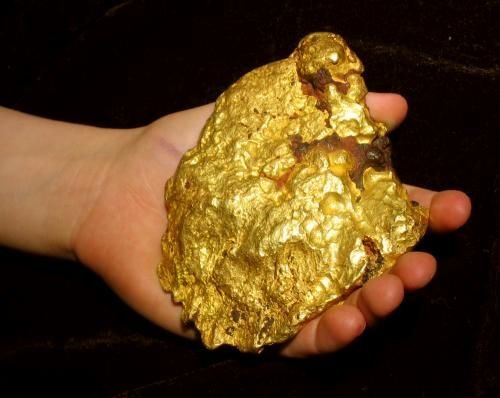
The big difference with my new role was that the position was Fly in Fly Out (or FIFO for short) on a roster of 9 days on and 5 days off. It's not the worst roster in the world (some people work 6 weeks on 2 weeks off, or even 5 weeks on 1 week off) but it's still a decent stretch of time to spend in the West Australian desert. My job was essentially the same, just a bit easier since the mine was better equipped for the type of work we did. I guess that's the perk of a mine that actually mines a decent volume of gold.
My new job was located on a mine just outside of the small outback town of Wiluna. Wiluna is located almost exactly in the centre of Western Australia. As far as desert locations go, this is about as extreme as it gets. The heat at Wiluna during Summer time is almost the hottest I have ever felt, and there really isn't much rain to speak of throughout the year. But when it did rain, we pretty much expected the airport to be closed for a few days. So bad luck if you were due to fly home that weekend. These are the problems of dirt airstrips in regions where you don't see rain for months on end.
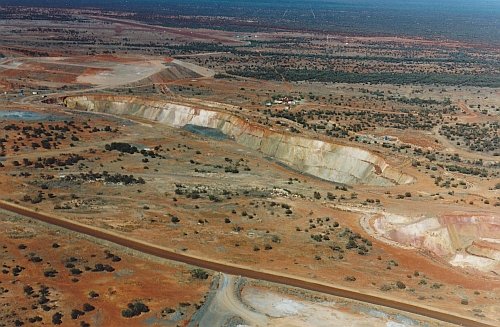
Wiluna has a fascinating history and was a big part of the West Australian gold rush. A few years later, while working in a consulting role, I had access to some historical documents about the early days of gold mining near Wiluna. Some of the stories were incredibly disturbing, and some hilarious.
There were lots of stories about the extent of alcohol abuse in Wiluna during the gold rush era. There's a story about a young man who drank himself into such a state that he thought it would be hilarious to run down the main street of Wiluna with two sticks of lit dynamite in his hands while screaming obscenities. He didn't survive to laugh about the hilarity the next day.

The pub was renowned to be an incredibly violent place. There were countless police reports about the fights and other nasty crimes that happened there. To be honest, not a lot had changed over the years. I still heard regular stories about the fights and other things that went on there. There were regular stories about tourists finding themselves in a difficult situation after making the poor decision of stopping for a beer at this pub.
Then there's the depressing stories about the massacres of the indigenous people in the area during the gold rush. I won't recount any of these stories however they are out there if you want to search for them.
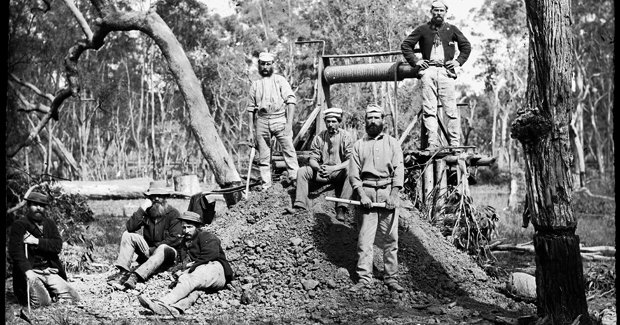
The town of Wiluna is tiny. The shire has a recorded population of about 1600 people but the town itself only has about 300 people living in it. This is because much of the population live in indigenous communities outside of the town itself.
The mine I was working at had gold deposits of a reasonable grade. As with my last mine, we had visible gold from time to time. And it was celebrated whenever we came across it. I remember one day, standing and having a chat with the General Manager (GM) of the mine when someone came up to show us a nugget that had been brought up from underground. The GM took one look at it, handed to me and asked me to head up to the processing plant to throw it in the mill. That's how trusting people were at this mine, and how lax the security was. I could have done anything with that gold. No one was going to check me at the airport.
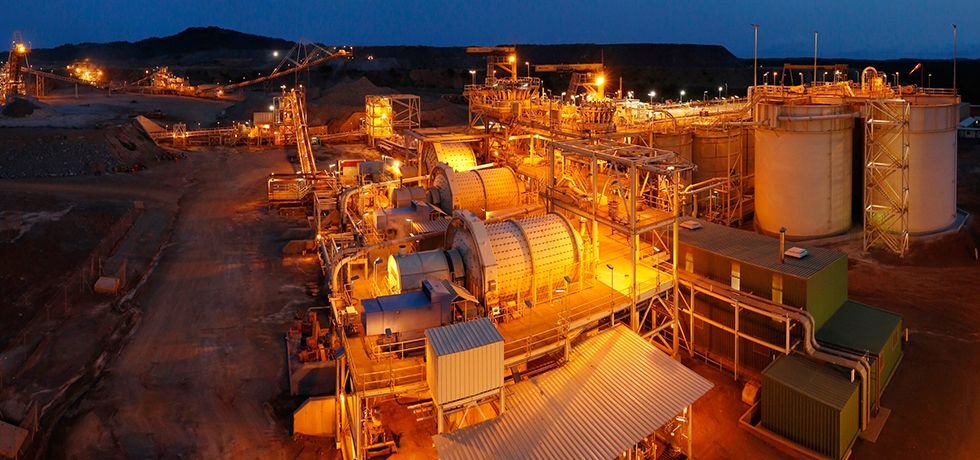
I did throw it in the mill though. I loved heading up onto the processing plant whenever I got a chance. The only thing that you had to be considerate of was how hot it was before heading up. If it was too hot, the chemicals could really mess with your oxygen uptake. There were some days on the mill where I'd feel quite dizzy and that's because the key chemical used for gold abstraction from ore is cyanide. Cyanide is classified as an acute poison, meaning that at high concentration, the poison could kill you.
Fun Fact
An acute poison is a poison that will have an adverse affect on you from a single exposure. The opposite of an acute poison is a chronic poison, these poisons will have an adverse affect after repeated exposure.
So acute poisons are substances such as cyanide or venom from a snake bite, while chronic poisons are substances such as mercury or arsenic, which take time before their affect on your body is noticed.
The fun things we learn on gold mines eh?
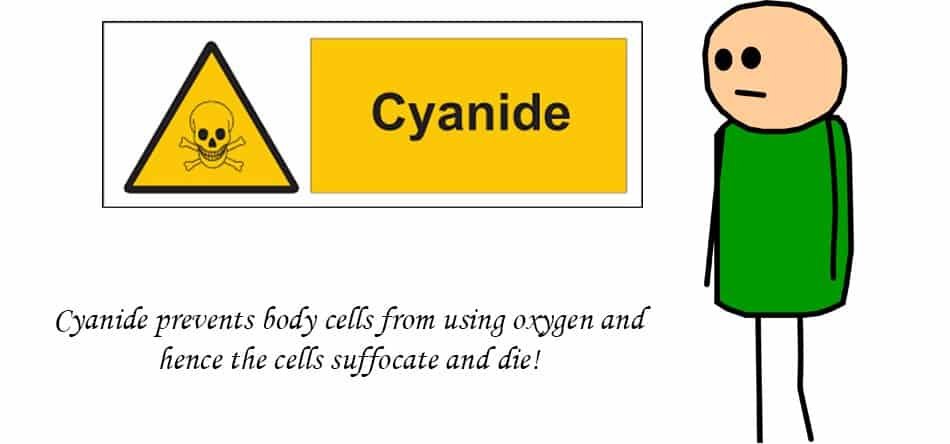
So on a hot day, while strolling on the processing plant, you might feel a strange dizziness coming over you. The reason for this, is that the cyanide was moving from liquid to gaseous form due to the high temperature, and you were inhaling it. Cyanide is poisonous because it prevents oxygen from entering your blood stream. It essentially suffocates you. So on those days when it was particularly hot, the level of cyanide in the air was enough to make me feel weak and dizzy. Scary stuff. Thankfully, we were trained well to recognise the signs of cyanide poisoning, so we'd exit the top of the processing facility quick smart and found other places to do our work.
Security really didn't seem important on this mine. Access to and from the operation wasn't monitored at all, and the GM who ran the show didn't care one bit. We monitored how much gold we produced and sent off site very closely, and the gold room was very secure. The rest of the mine though could be accessed from a few directions at will.
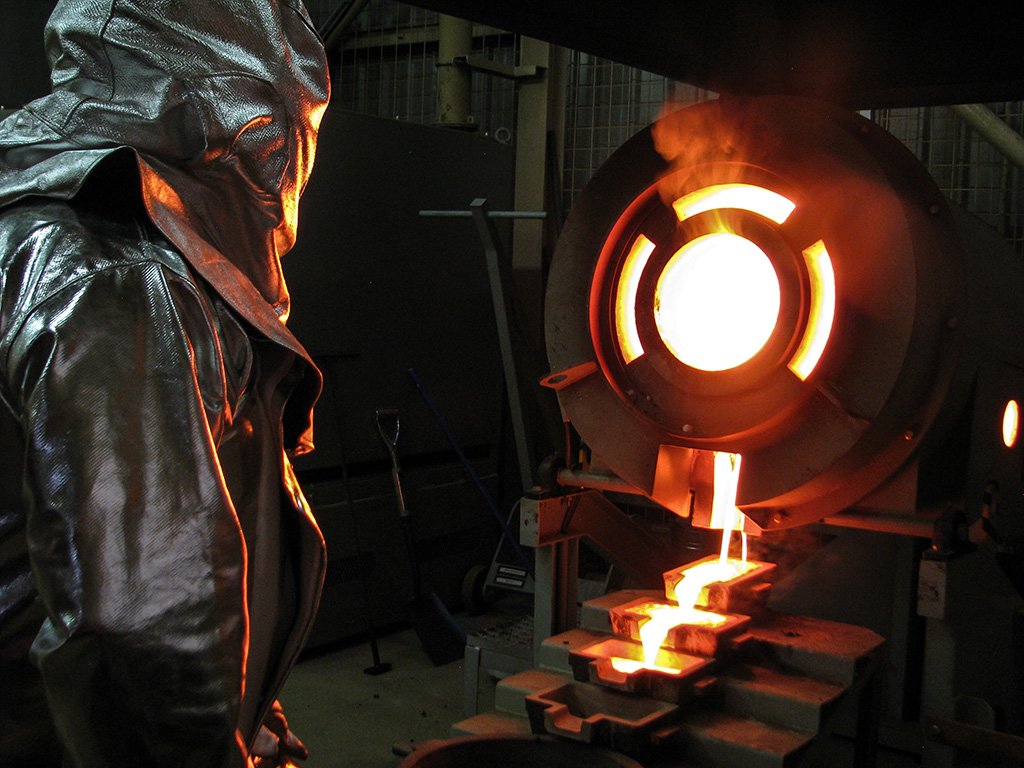
Being one of the greenies on site meant that we knew the access roads to and from the mine better than anyone. Our monitoring work took us all over the place, and the GM knew that well. So, from time to time, we'd have tourists find themselves on our mining leases. And naturally, they were quite lost. None of our access roads are marked on maps of course. One of my many jobs was to find these people and escort them off site. And if the tourists caught me on a bad day, they'd sometimes wait for a few hours until I decided to "find" them.
Then we had the indigenous people from the surrounding communities. They'd come out for our weekly BBQs every now and then to join us for a feed. The only problem with this was that sometimes they'd want to go for a look around afterwards which we may not have known about. Their cars were often in pretty poor condition as well, I can't count the number of times I had to take out a spare tyre to them and help them change out the flat on the side of the road.
All mines that process their gold on site generate a lot of waste ore. This material is normally very wet and needs to be stored somewhere to consolidate and dry out. The material also often contains nasty contaminants so the waste needs to be stored in a way that minimises how much damage it causes to the local environment.
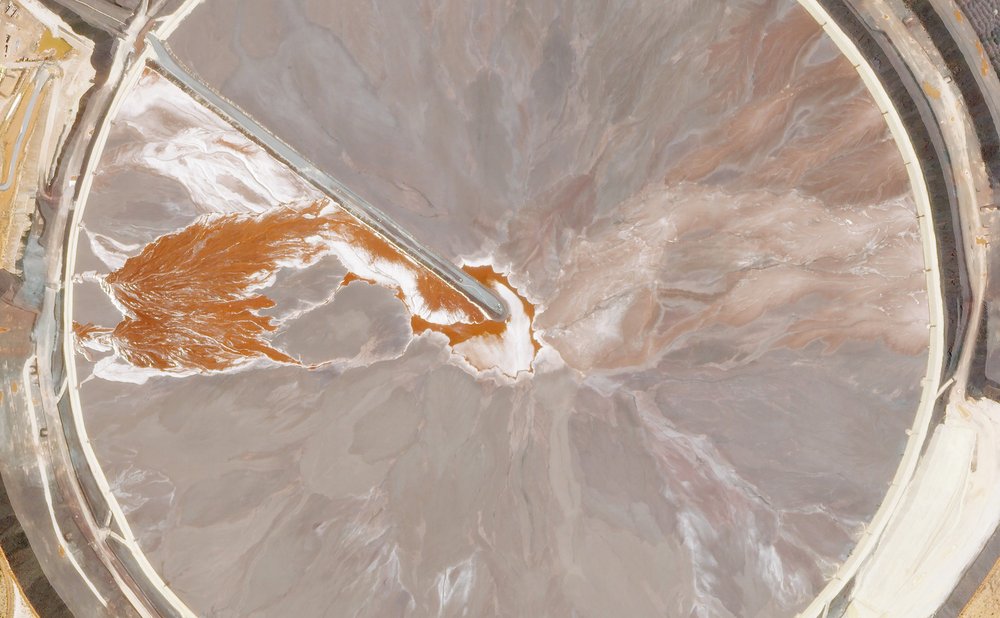
The waste is stored in large, constructed dams called Tailings Storage Facilities, or TSFs for short. Because these TSFs were hazardous in nature, my job was to inspect them regularly to make sure native animals weren't finding their way into them (they did) and that the dams weren't leaking into the surrounding environment or groundwater bodies (I never saw one that didn't do these things). How did I deal with animals stuck in this stuff? Conveniently, I had access to a rifle, so we'd get some shooting practice in. That's right, the greenie had to kill more animals. Only this time, we had an actual gun.
This mine had 4 TSFs, and three of them were mostly dry at the time that I worked there. These TSFs were big, they were more than 1000 metres in each direction. So inspecting them took a while. One morning, while driving onto one of these dams I saw something very weird.
There was a 1980's Holden Commodore parked in the middle of the dam.
That certainly wasn't there yesterday, I thought to myself. So I parked up, and hiked my way out to the centre of the dam, checking for soft patches all the way. One of my biggest fears on a mine site was getting trapped in one of these dams. If you hit a wet patch on one of these beasts, there really wasn't much anyone could do to save you. That stuff will suck you up like the worst quick sand you've ever encountered. I literally had nightmares about this exact thing.
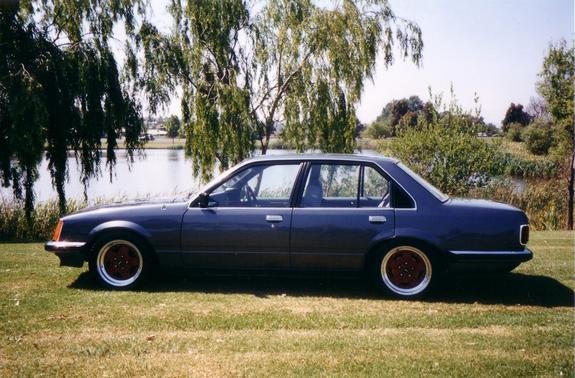
Anyway, I was worried that there was someone in the car, so I hiked out to the car. Thankfully this dam had been drying for a couple of years so it was pretty safe. But the commodore had made it right to the middle, where it was a little wet still, and got bogged. Thankfully there wasn't anyone in the car, so I took a drive out to Wiluna and asked around to find out what had happened.
One of the elders said that the kids had stolen the car and wanted to go check out the mine. They thought they'd head up the "hill" to take a look around and got stuck. They walked home. The mine is 40 kilometres from Wiluna, so these kids had walked all that way home. No one seemed all that worried which was concerning. The car was never recovered. I'm pretty sure we buried it in that dam a year or so later.
So, I guess we should finish with the Greenie Lessons Learned from this post!
What have we learned today?
- Don't mess with cyanide. It will suffocate you.
- If you're a tourist, don't go visiting gold mines that don't offer paid tours. We probably won't know you're there, and if we do, I will make you wait an unreasonable amount of time before coming to rescue you.
- Don't drive your holden commodore onto a tailings storage facility. You might lose both your car and your life. That shit is dangerous. Just ask all those poor kangaroos that I had to shoot.
- And finally, it's bloody hot out there. Don't plan on walking 40 kilometres without lots of water and snacks. I have no idea how those kids made it home alive in that heat.


